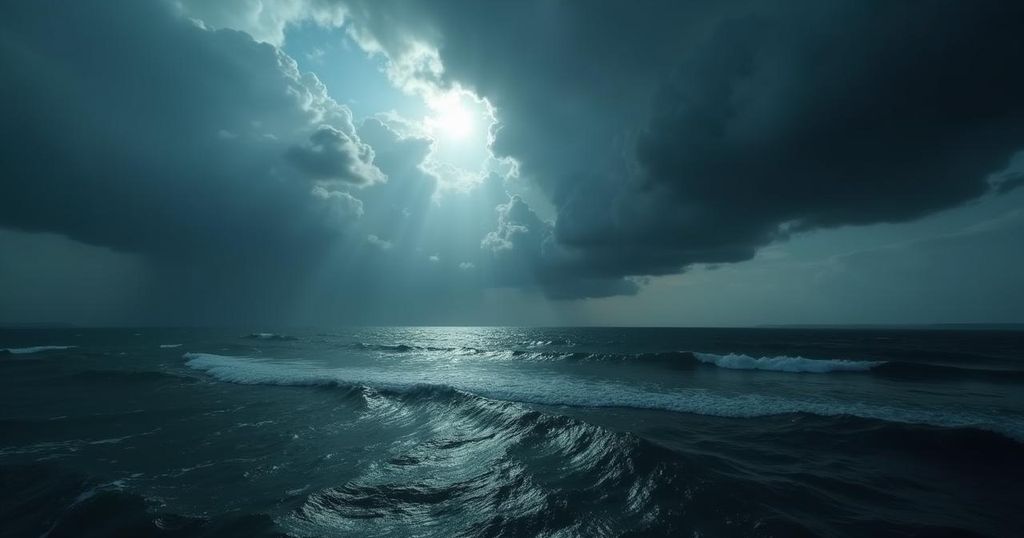Hurricane Milton Approaches Florida: A Category 4 Threat

Hurricane Milton, a Category 4 storm with winds of 130 mph, is set to make landfall on Florida’s coast late Wednesday or early Thursday. Tornado watches are in effect for over 17 million individuals as the National Weather Service confirms multiple tornadoes within the storm’s vicinity. Meteorologists describe the situation as historic and life-threatening, with the storm expected to move into the Atlantic post-landfall.
Hurricane Milton, classified as a Category 4 storm with sustained winds reaching 130 mph, is anticipated to impact the Florida coastline late Wednesday night or early Thursday morning. As the hurricane approaches landfall, various webcams along the coast have been documenting the escalating storm surges and severe weather conditions. As of Wednesday, more than 17 million Floridians are currently under tornado watches. The National Weather Service in Miami reported via social media that there were “up to 4 visually confirmed tornadoes” on Wednesday, with additional unofficial reports indicating the potential for more. Austen Flannery, a forecaster with the National Weather Service in Tampa, characterized the situation as “historic, catastrophic, life-threatening – all those words summarize the situation.” After making landfall in Florida, Hurricane Milton is expected to move eastward into the Atlantic Ocean on Thursday, according to the National Hurricane Center. In preparation and awareness efforts, various tools including the Hurricane Milton live path tracker and spaghetti models have been made available for residents and authorities to monitor the storm’s trajectory and potential impact. However, it is important to recognize that not all forecasting models possess equal accuracy, and the hurricane center relies on the most reliable models for its predictions.
Hurricanes pose a significant threat to coastal regions, particularly in states such as Florida where residents experience the dangers of such storms annually. Hurricane Milton, currently categorized as a high-intensity storm, exemplifies the risks associated with rising winds and the possibilities of tornadoes occurring alongside hurricanes. Monitoring and forecasting are conducted by organizations such as the National Weather Service and the National Hurricane Center, which utilize a range of models to determine the storm’s path and predicted impact. Recent advancements in technology allow for real-time updates via webcams, thereby improving public awareness and safety.
In summary, Hurricane Milton is a formidable storm projected to impact Florida imminently. With extensive preparations underway and numerous residents under tornado watches, the severity of the situation has been emphasized by meteorological authorities. Effective monitoring and communication are critical as the hurricane progresses toward landfall.
Original Source: www.usatoday.com







